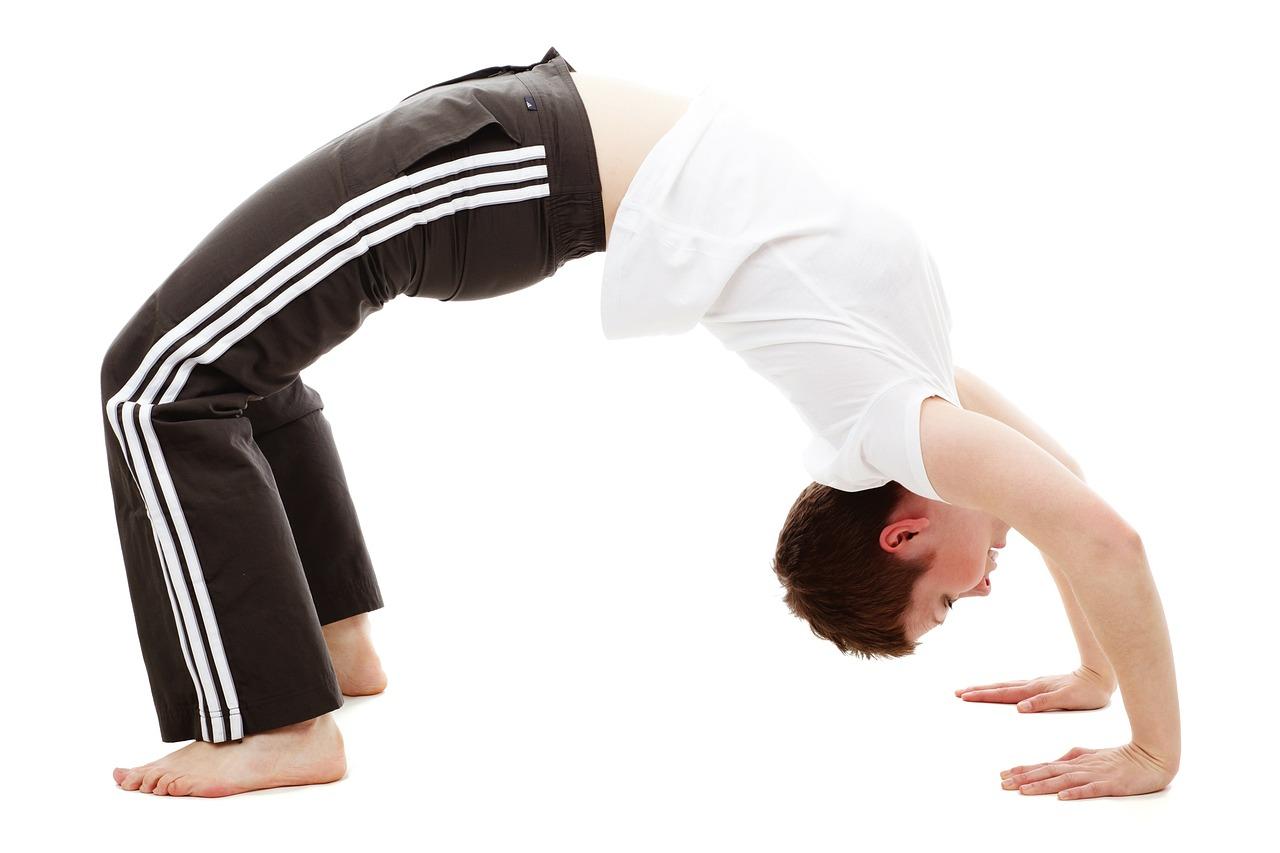
Bump Up The Intensity To The Next Level
Bump Up The Intensity To The Next Level
When your current regimen becomes too easy, you will need to bump up the intensity to the next level.
This is an ongoing process, and as your fitness level increases, you will feel stronger, more energized, and more confident in yourself.

Flexibility
Flexibility is the ability to move your body’s joints throughout a full range of motion. It is the most common element that is left out of a fitness program.
Yet, it is key to maintaining balance. Lack of flexibility is a big reason why many people get injured while working out and performing normal tasks.
Increasing your flexibility will not only help you avoid injury, reduce muscle tension, and alleviate joint pain.
It will also give you the ability to fire your muscles more efficiently so that you use less energy to lift heavier weights, move with more power and speed, and increase your balance and agility.
Muscular strength
This part of fitness is the ability to use your muscles to their fullest extent. Think of the heaviest weight you can lift on a bicep curl or the max number of pounds you can hold while attempting just one squat. That’s your muscular strength.
If your principal goal is weight loss or body fat loss, you might be tempted to underplay the role of muscular strength in the process of getting in shape. Don’t make this mistake. The stronger your muscles become, the more they’ll grow, forming the definition you seek.
Cardiorespiratory endurance
Cardiorespiratory endurance is the capacity to have your cardiovascular and respiratory systems function well during exercise. If you can carry on a conversation without getting winded during moderate activity, your endurance is pretty good.
The general rule of thumb for target heart rate during exercise is 220 beats per minute minus your age. For example, if you are 50, then your target heart rate is 220-50, which is 170 beats per minute. However, this will vary based on your fitness level and any medical conditions that may affect it, such as asthma or low blood pressure.
Muscular endurance
The hallmark of muscular endurance is repetition. While muscular strength asks the question “how much,” endurance asks the question “how many” or “how long?” “Failure” is the term used to describe the moment you reach the limit of your muscular endurance.
For example, if you can hold a plank for 60 seconds before you collapse to the floor, you’ve reached failure, and your abdominal endurance is 60 seconds. For an exercise like pushups, count the number of repetitions you complete before your arms give out.







